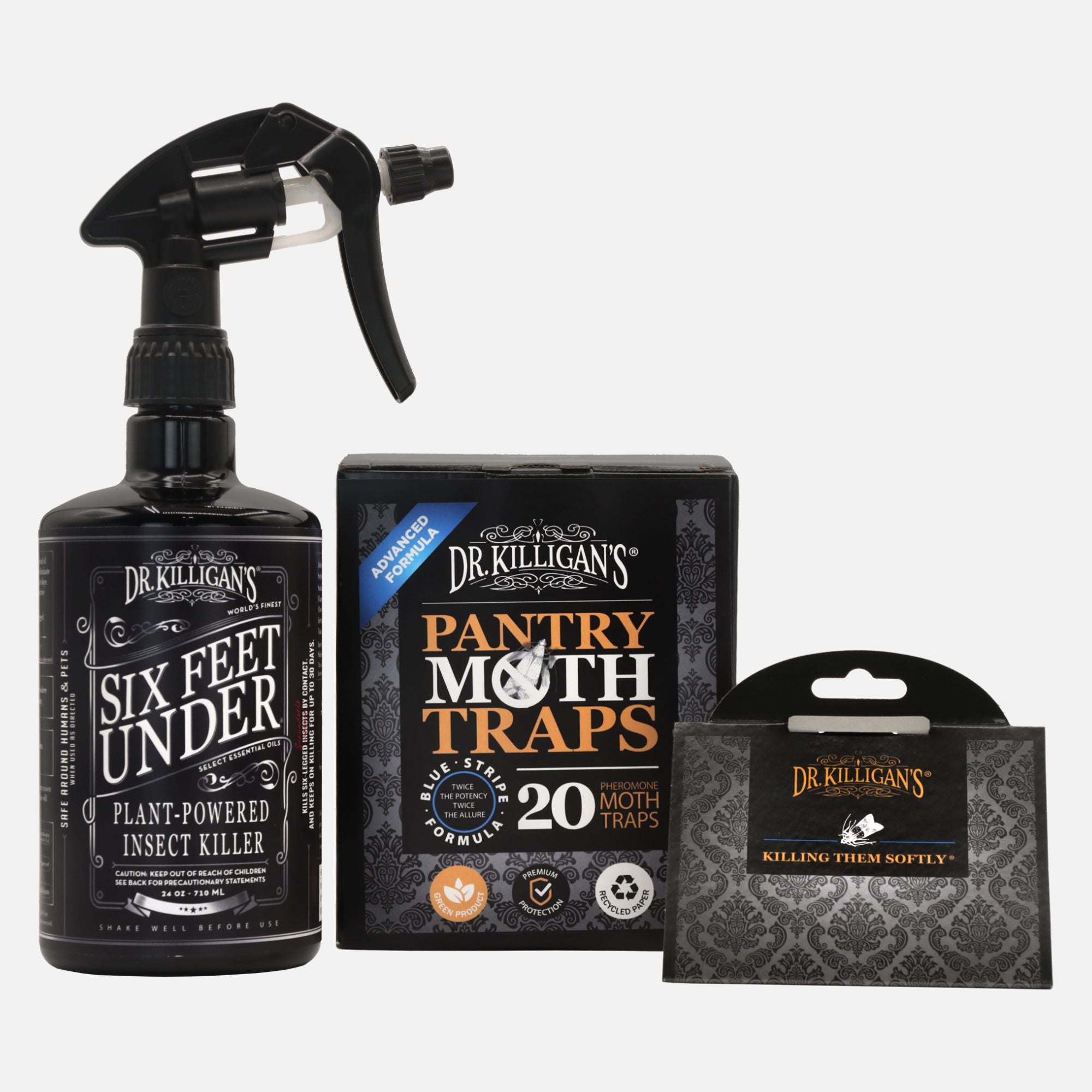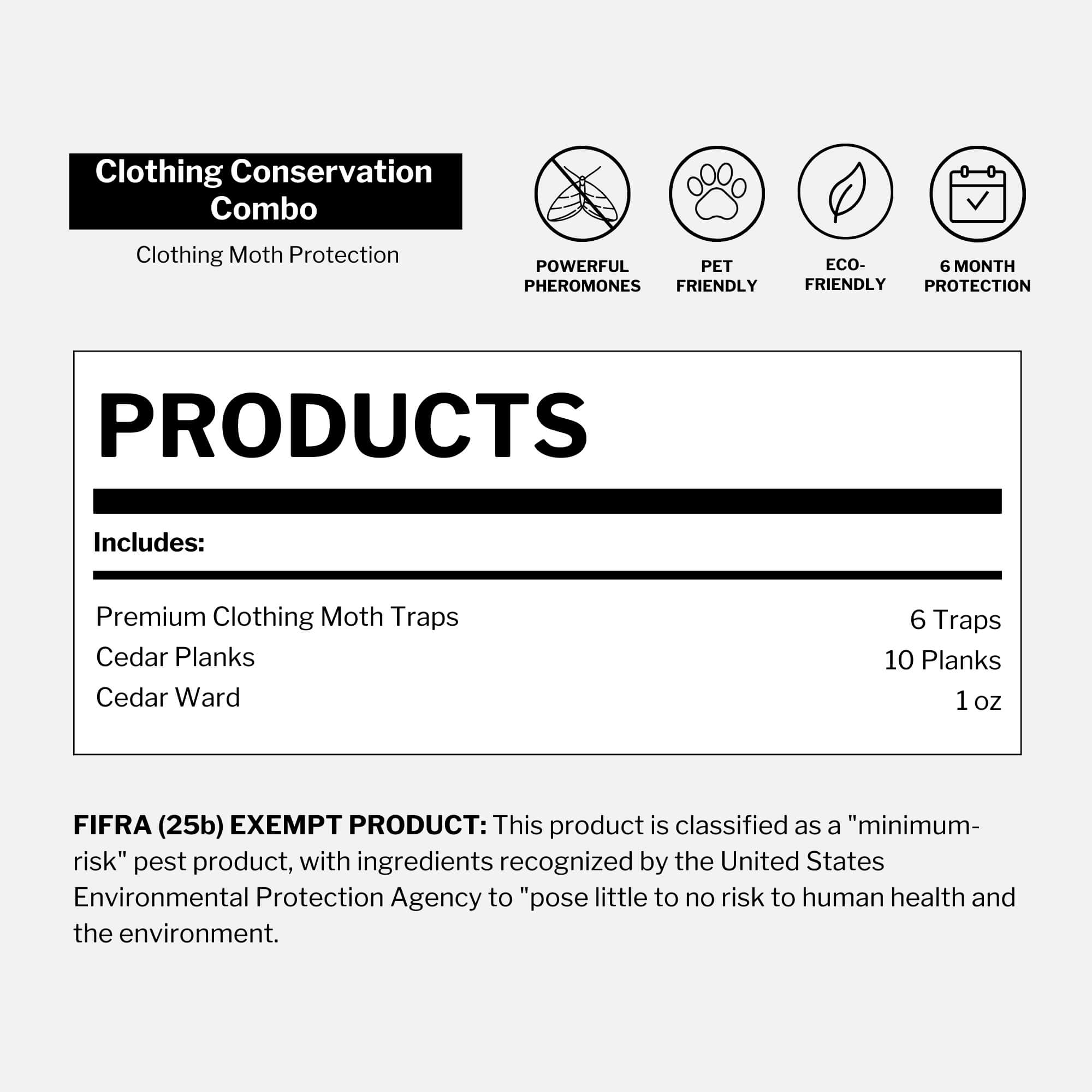Greetings, fellow nature enthusiasts! Dr. Killigan here, excited to take you on a captivating journey through the magical realm of garden bugs – those often-overlooked heroes that silently but significantly contribute to the health of our gardens and the environment. In this comprehensive guide, we'll delve into the fascinating world of lacewings, bees, ladybugs and more, discovering the intricate ways to ensure their well-being. Grab your magnifying glass and let's explore the art of safeguarding our essential insect allies.
The importance of beneficial insects
Imagine a bustling garden, each leaf, flower and stem teeming with life. Beneath the vibrant surface lies a symphony of interactions orchestrated by the smallest of creatures – the garden bugs. These unassuming insects, including lacewings, bees and ladybugs, are the unsung heroes that maintain the delicate equilibrium of our ecosystem. Their presence isn't merely a coincidence; it's a necessity.

Bees, nature's industrious workers, have a vital role that extends beyond their familiar buzzing. They are central to the magic of pollination, enabling the reproduction of countless plant species. The food we enjoy – from juicy fruits to nutritious vegetables – owes its existence to these diligent pollinators. By transferring pollen from one flower to another, bees facilitate the process that leads to the creation of seeds and fruits. Without bees, our plates would look vastly different, devoid of the colorful and nutritious foods we cherish.
Ladybugs, those charming little beetles adorned with vibrant spots, are living pest control agents. They're voracious consumers of aphids, mealybugs and other soft-bodied pests that can decimate plants. Their mere presence can significantly reduce the need for chemical pesticides, making them a natural and sustainable solution for pest management.
The importance of these garden bugs transcends their size. They embody the delicate balance of nature, contributing to the vitality of our gardens and the health of the planet.
The threats they face
While these garden allies play an invaluable role, they aren't immune to the challenges of the modern world. Habitat loss, pesticide exposure and climate change threaten their existence, placing the delicate balance they maintain at risk.
Habitat Loss: As urbanization encroaches on natural habitats, the sanctuaries these insects rely on are disappearing. Meadows are paved over, forests are cleared and gardens are replaced by concrete landscapes. This loss of habitat reduces the resources available to these insects, affecting their ability to find food, shelter and suitable places to lay their eggs.

Climate Change: Shifts in climate patterns can affect the availability of resources for garden bugs. Changes in temperature and precipitation can alter flowering times, disrupting the synchronized relationship between plants and their pollinators. Additionally, the expansion of invasive species can threaten native plants, indirectly impacting the insects that rely on them.
It's clear that these garden allies face an uphill battle, and it's our responsibility to ensure their survival. In the next sections, we'll delve into the actionable steps we can take to protect and support these invaluable insects.
Understanding Integrated Pest Management (IPM)
As we cultivate our little slices of paradise, it's essential to adopt a mindset that cherishes the intricate tapestry of life within our gardens. This brings us to a powerful strategy that not only protects our garden bugs, including lacewings, ladybugs and bees, but also ensures thriving plants and vibrant ecosystems: Integrated Pest Management (IPM).
Let's dive into the magic of IPM. Imagine a world where pests and beneficial insects coexist harmoniously, where lush plants sway in the breeze and garden bugs play their vital roles. This is the realm that IPM seeks to create, and it's a philosophy that resonates deeply with nature's wisdom. At its core, IPM embraces a holistic approach to pest control, recognizing that a thriving ecosystem requires a delicate balance.
So, how does IPM work its wonders? The key lies in minimizing harm while effectively managing pests. Rather than reaching for toxic chemical sprays that disrupt the delicate web of life, IPM relies on strategic thinking and an understanding of the interconnectedness of species. By identifying potential pest problems before they escalate, we can intervene early and choose methods that target the specific pest while sparing the beneficial insects that help maintain equilibrium.

In essence, IPM is a celebration of balance – a dance between pests and their predators, between plants and pollinators. It's a philosophy that recognizes that our gardens are dynamic ecosystems, teeming with life that deserves our respect and protection. So, as we step into the world of gardening with a new perspective, let us embrace the holistic wisdom of IPM, where the well-being of lacewings, ladybugs and bees is seamlessly woven into the fabric of our green havens.
Implementing Integrated Pest Management (IPM)
There are multiple ways to practically implement the use of Integrated Pest Management (IPM) in your garden. Here are five suggestions.
Habitat Creation: One of the most effective ways to protect garden bugs is by creating welcoming habitats in your garden. Consider planting a patch of native wildflowers, their vibrant hues and fragrant blooms acting as a beacon to pollinators, including our dear bees. This floral buffet will provide a vital source of nectar and pollen, fueling their important work in your garden. Add a variety of plants with different shapes, sizes and flowering periods. This diverse tapestry appeals to a spectrum of insects, from lacewings seeking cozy nooks to ladybugs patrolling for pests. And don't forget the power of layers. Think about how different insects utilize various heights and layers in your garden. For example, low-growing ground covers offer a refuge for lacewing larvae, while taller plants like sunflowers create perches for bees and ladybugs to survey their territories.

Avoid Chemical Pesticides: In the realm of gardening, the allure of quick fixes can sometimes lead us astray. Chemical pesticides, while effective at eliminating garden pests, often come with unintended consequences, especially for our invaluable allies – beneficial insects. These tiny warriors are sensitive to the toxic residues left behind by pyrethroid-filled pesticides, which can linger on plants and in the soil for extended periods. The repercussions of pesticide use ripple through the ecosystem, disrupting the delicate balance that nature has intricately woven.
As stewards of our gardens, it's essential that we understand the risks these chemical solutions pose to our garden bugs, including lacewings, bees and ladybugs. Chemical pesticides not only harm target pests but can also eliminate the natural predators and pollinators that maintain harmony in our green havens. When these beneficial insects are wiped out, a void is created, allowing pest populations to surge uncontrollably, setting off a vicious cycle of chemical dependence.
It’s high time to put away those harsh chemical pesticides and embrace natural pest control methods. Reach for Dust to Dust for all pest control solutions in your garden. Although Dust to Dust is generally safe for beneficial insects like ladybugs, lacewings and bees, this targeted approach preserves your garden's natural allies while effectively managing unwanted pests.- Base Protection: Sprinkle a fine layer around the base of your plants, forming a protective perimeter. This is especially effective for deterring crawling pests like slugs, snails and certain beetles.
- Leaf Coverage: Lightly dust the undersides of leaves, particularly if you observe aphids, mites or other small pests congregating there. Apply sparingly to avoid hindering beneficial insects.
- Stem Treatment: Dust plant stems to discourage pests like ants and caterpillars from ascending to the leaves.
- Targeted Areas: Focus on spots with known pest activity or where plants are most vulnerable. For instance, if aphids tend to cluster on new growth, apply Dust to Dust there.

Provide Water Sources: Ensure your garden offers water sources like shallow dishes filled with water and pebbles. These serve as landing pads for insects seeking a drink, and also provide a place for them to lay eggs and find shelter.
Plant Bee-Friendly Plants: Select plants that are rich in nectar and pollen, such as lavender, sunflowers, and bee balm. These plants not only attract bees but also provide the sustenance they need to thrive.
Conclusion
Garden bugs – those tiny superheroes – are our allies in maintaining healthy, thriving landscapes. By crafting insect-friendly habitats, avoiding harmful pesticides, using our non-toxic insect powder and embracing practices that support bees, ladybugs and lacewings and other good garden bugs like assassin bugs, we can create a haven where they flourish. Remember, a garden that embraces these tiny wonders is not only a sanctuary for them but also a testament to our commitment to coexisting with nature. So, fellow gardeners, let's roll up our sleeves and welcome the magic of lacewings, the buzz of bees and the charm of ladybugs into our gardens.




















